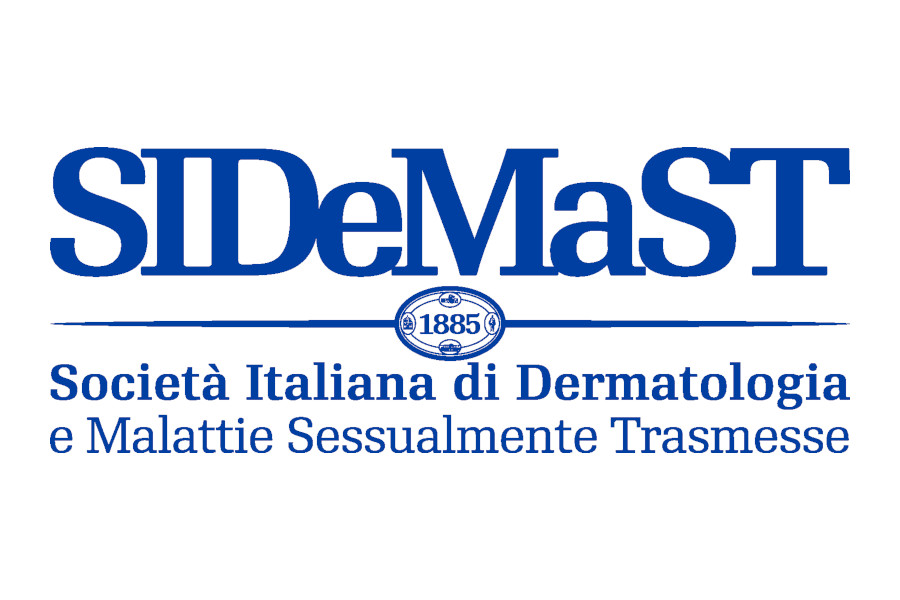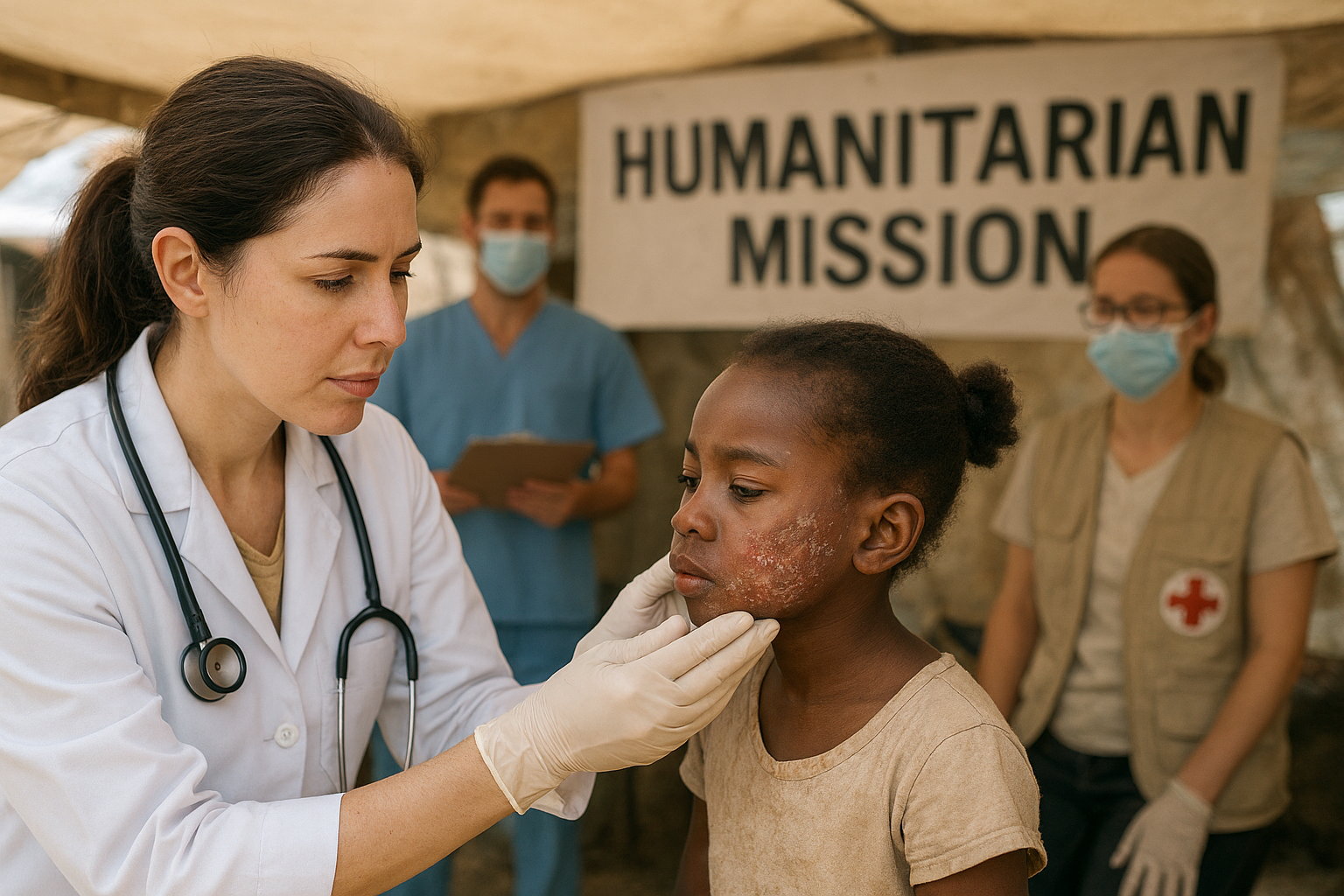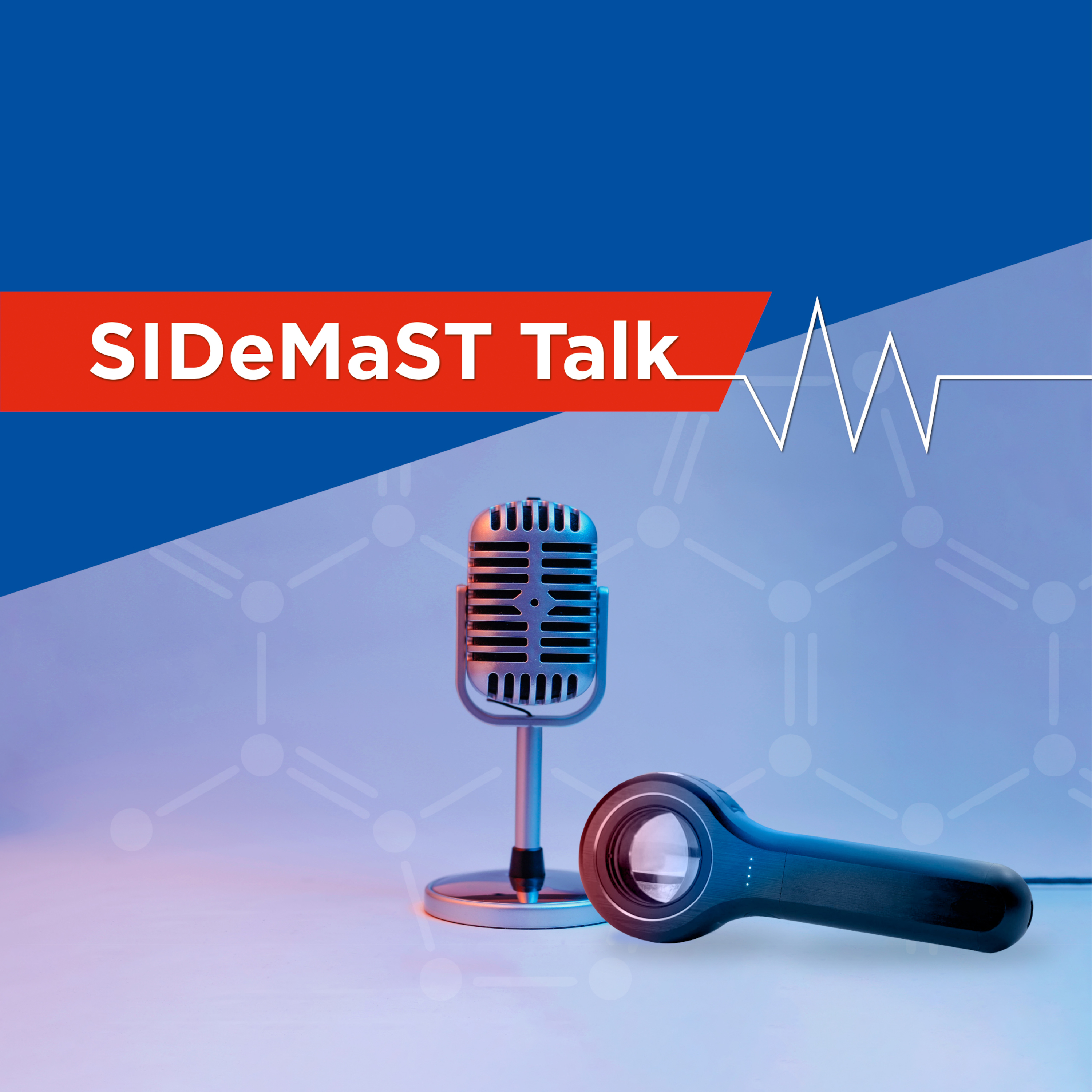Breaks from treatment with vismodegib enable patients with advanced basal cell carcinoma (aBCC) to remain longer on treatment, according to a study presented here at the 24th European Academy of Dermatology and Venereology (EADV) Congress.
Reinhard Dummer, MD, Dermatologische Klinik, Universitäts Spital, Zurich, Switzerland, and colleagues performed an exploratory analysis of the effect of treatment breaks on patients treated with vismodegib while taking part in the ongoing STEVIE trial.
In the STEVIE trial, patients with aBCC receive vismodegib 150 mg once daily until disease progression, unacceptable toxicity, or withdrawal.
"Treatment breaks are allowed in the STEVIE study for up to 8 weeks for the management of toxicity or temporary inability to swallow capsules," explained Dr. Dummer.
The reasons provided for treatment breaks were intolerable toxicity in 53%, adverse events (AEs) in 23%, patient decision in 9%, and inability to swallow capsules in 5% of patients receiving treatment breaks.
The safety population used in this analysis comprised 499 patients. Most patients (n = 368) did not receive a treatment break; however, 76 (15%), 41 (8%), and 14 (3%) patients received 1, 2, and ?3 treatment breaks, respectively.
The median vismodegib treatment duration in patients with 0, 1, 2, and ?3 treatment breaks was 223.5, 299.0, 399.0, and 454.0 days, respectively. The respective median dose intensities were 97%, 89%, 86%, and 81%.
The overall response rate (ORR) was 61%, with 106 (30%) patients achieving complete response (CR), and 112 (31%) patients demonstrating partial response (PR). Stable disease was seen in 101 (28%) patients and progressive disease in 14 (4%) patients; 25 (7%) patients were not evaluated.
Response rates improved with the number of treatment breaks received by patients. In patients receiving 0, 1, 2, and ?3 treatment breaks, the ORR was 61%, 65%, 95%, and 85%, respectively. CR in the respective groups was achieved by 30%, 33%, 51%, and 39%, and the PR rates in the respective groups were 31%, 32%, 44%, and 46%.
The median progression-free survival (PFS) was 19.8 months in patients not receiving treatment breaks and 19.0 months in patients receiving 1 treatment break. PFS has not yet been estimated for patients receiving >1 treatment break
Treatment-emergent adverse events (TEAEs) increased with the number of treatment breaks. The most commonly reported TEAEs in the respective groups included muscle spasms in 59%, 70%, 81%, and 93% of patients; dysgeusia in 51%, 58%, 63%, and 93% of patients; and alopecia in 59%, 63%, 78%, and 79% of patients.
Death resulting from a TEAE occurred in 19 patients not receiving a treatment break, in 4 patients receiving 1 break, and in 1 patient receiving >3 breaks.
"An increased number of treatment breaks was associated with longer mean duration of treatment and did not compromise efficacy," said Dr. Dummer.
Funding for this study was provided by Hoffmann la Roche.










